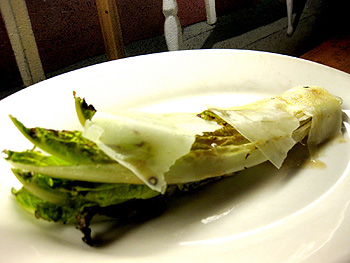 Going out to eat has many pleasures, not the least of which is learning a new trick to add to your own repertoire at home.
Going out to eat has many pleasures, not the least of which is learning a new trick to add to your own repertoire at home.
Recently at Il Fornaio, during the Lazio Regionale, we had Lattuga Romana alla Griglia or lightly grilled hearts of romaine topped with shaved pecorino pepato and Il Fornaio's creamy house dressing.
The rest of the menu was terrific, but the real stand out was the deceptively simple grilled hearts of romaine.
The dish is easy to make at home. So easy, in fact, you can serve it on the spur of the moment because it takes barely fifteen minutes to prepare.

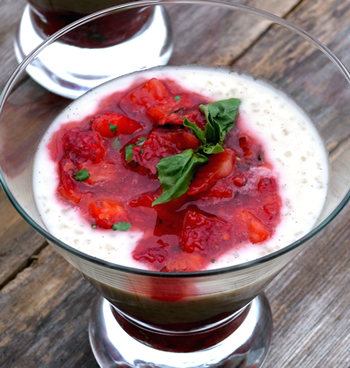 It's Spring, but you really wouldn't know it where I live. The rain has been relentless. But strawberries are in season and the stores are filled with rows and rows of these beauties.
It's Spring, but you really wouldn't know it where I live. The rain has been relentless. But strawberries are in season and the stores are filled with rows and rows of these beauties.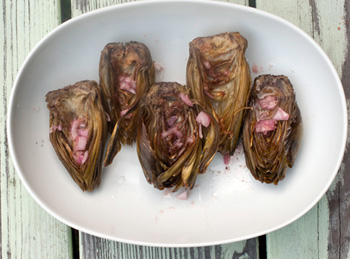 One of the wonderful aspects of living in Southern California is the weather. The weather affords us to be outdoors more than indoors, avoiding heavy boots and jackets, and perusing the local farmers market even on those rare days when there may be a light sprinkle in the air.
One of the wonderful aspects of living in Southern California is the weather. The weather affords us to be outdoors more than indoors, avoiding heavy boots and jackets, and perusing the local farmers market even on those rare days when there may be a light sprinkle in the air.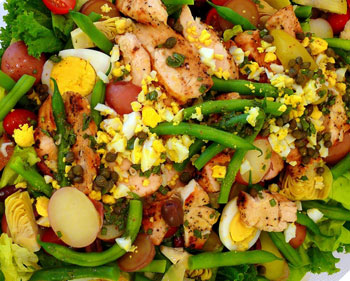 It’s almost Spring, right? All the beautiful produce will start showing up at the market soon. This salad is a beautiful addition to any table, making a beautiful centerpiece for a stunning buffet.
It’s almost Spring, right? All the beautiful produce will start showing up at the market soon. This salad is a beautiful addition to any table, making a beautiful centerpiece for a stunning buffet.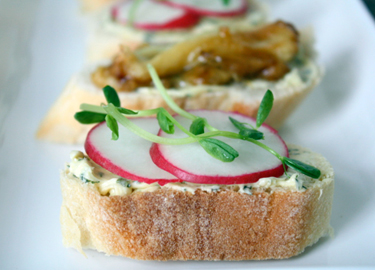 Many vegetables take the spring spotlight: asparagus, fresh peas, and fava beans, among others. And then there a few humbler ones that fall to the wayside, like small bright-red radishes.
Many vegetables take the spring spotlight: asparagus, fresh peas, and fava beans, among others. And then there a few humbler ones that fall to the wayside, like small bright-red radishes.
